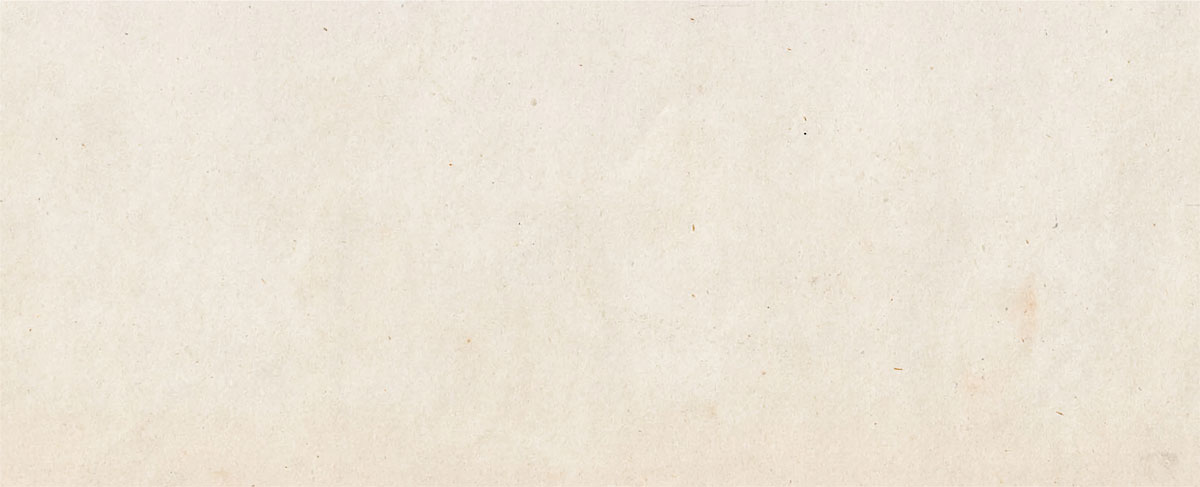So You Think You Can Taste?
05.13.14
By Merrill Bonarrigo
Do you taste what others do not? Do they smell what you do not? Larry O’Brien M.S. gave a great talk and tasting at the Durango Wine Experience on smelling and tasting wines. Larry works for Kendall Jackson sharing the details of terroir of the thousands of acres they own worldwide and the way those terroirs express themselves in the wines. If you want to become a Master Sommelier you need to be able to discern, by smelling and tasting a wine, where the grapes were grown – AVA, mountain or valley, side of mountain, vintage and so much more.
The rest of us can approach the wine and enjoy whatever we think we taste. Smelling the wine is 80% of tasting the wine and for me the most enjoyable part of tasting. One wine that really surprised me was the Kendall Jackson Highlands Chardonnay 2012. Before we tasted, Larry suggested not swirling the wine in the glass because it releases valuable aromas and to trust your first smell of the glass. First impressions are the best. Approach the glass confidently and put your entire nose into the glass. Breathe in deeply. Write down your first impressions before anyone says anything so that you will not be swayed in your judgment. Let the wine rest for a few minutes and then smell again. As the wine rests in the glass it will continue to open and release additional aromas. Write these down as well.
Once everyone has smelled the wines, have the group share their impressions. Feel free to share yours but make note of other impressions, too. There are really no wrong answers as wine tasting is a very personal experience. Also, keep an open mind and heart to what others say so that you can learn from their different impressions. Smell again to see if you can detect the aromas that others mention. If so, file these in your mind for future reference.
As others smelled the KJ Chardonnay they mentioned pear and spice while I smelled coffee and cappuccino. This wine was oak aged. The oak imparted the coffee character. The cappuccino aroma came from the creaminess brought about by malolactic fermentation which changes the malic acid in the grape to lactic acid (which is the softer acid found in milk). This lactic character combined with coffee spice that I smelled created for me a strong cappuccino impression that actually led me to look around for a machine. As the wine rested in the glass I was later able to smell the pear – to me over ripe pear.
There are millions of fragrant molecules identified so far. We use so few in our vocabularies. The longer you linger over the glass the more descriptors you will identify. Savor instead of smell. Create your own wine profiles and wine terms. Stretch your imagination. Tonight I am smelling Messina Hof Private Reserve Chardonnay 2012. Buttered popcorn, ripe pear, and vanilla speak to me. What does this wine speak to you?

